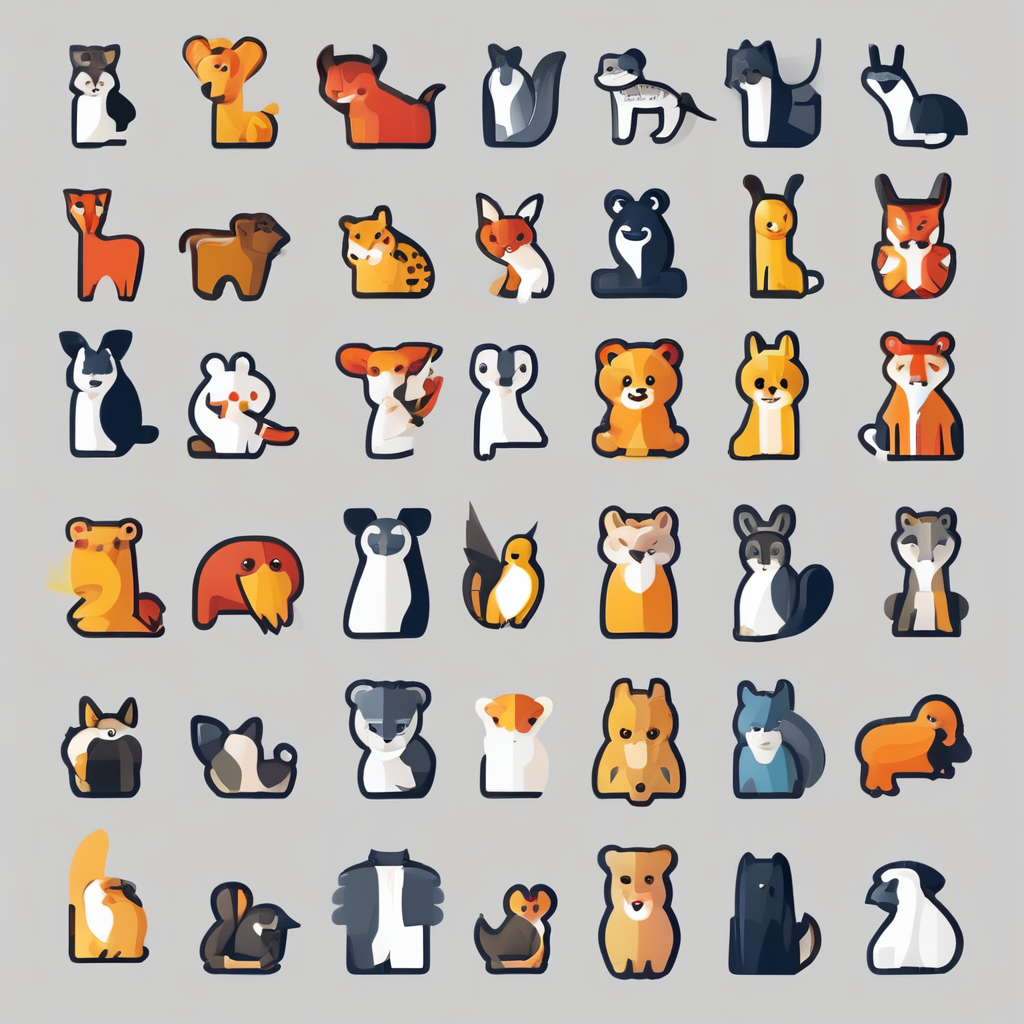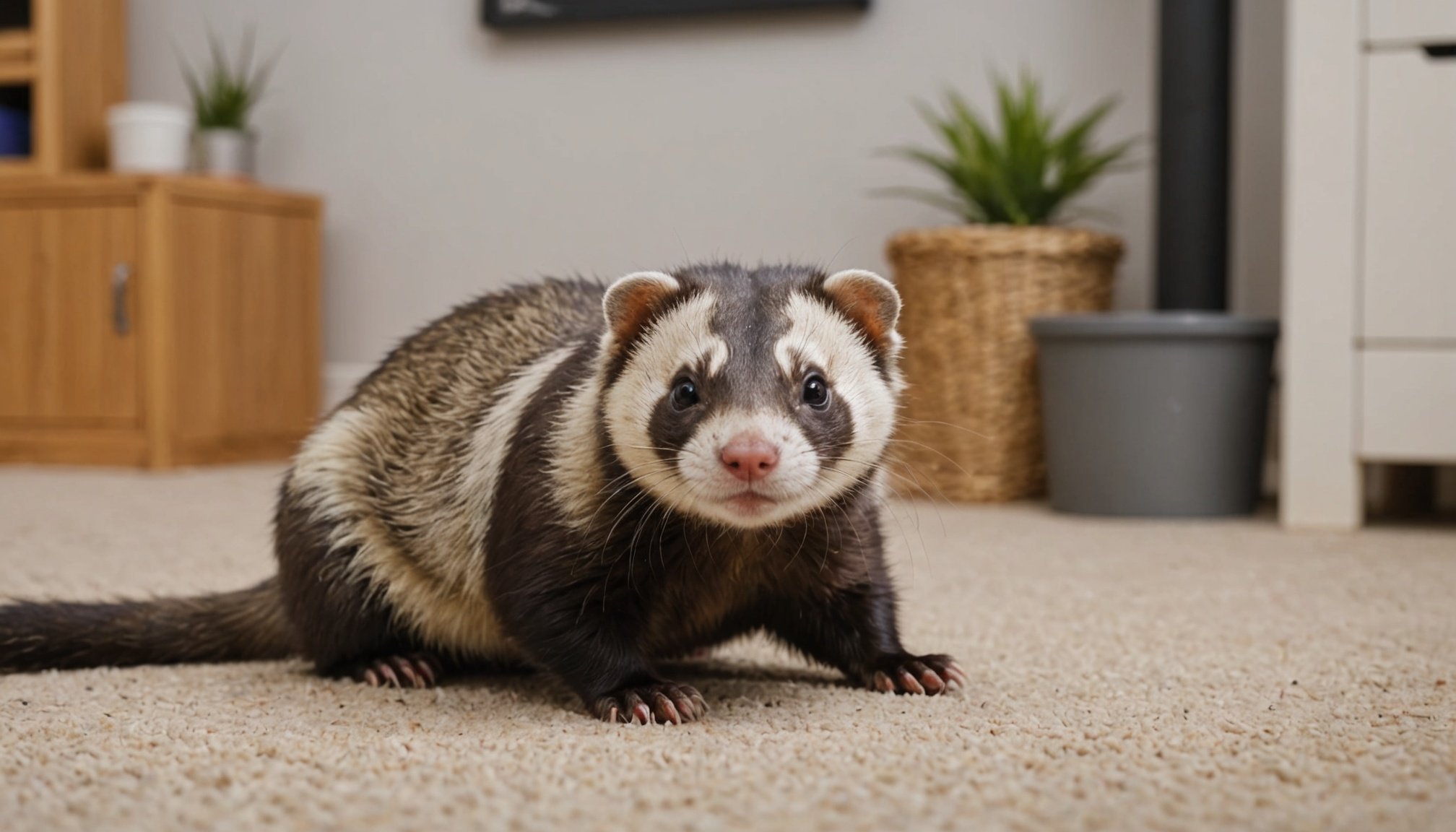Understanding Ferret Needs in Urban Environments
Living with a ferret in an urban environment poses unique challenges but with the right approach, urban pet ownership can be very rewarding. Ferret care begins with understanding their natural instincts and behavior. As playful and curious creatures, ferrets have strong instincts to explore and interact with their surroundings. They necessitate an enriching environment that caters to their need for mental and physical activity.
When living in urban settings, it’s crucial to consider space constraints, especially in a flat. Adequately ferret-proofing a home involves creating a secure environment where ferrets can roam safely. This requires removing any small choking hazards or potentially toxic materials from their reach.
Also to read : Creating a wildlife-friendly pet paradise: how to design a garden in the uk that benefits local ecosystems
In the context of urban pet ownership, providing ferrets with a secure and enriching environment is pivotal to their well-being. This means creating areas within the flat where a ferret’s instincts can be satisfied without compromising safety. By observing your ferret’s behavior and planning your space carefully, you can ensure your pet remains safe and happy even in the confines of a city apartment. Proper ferret behavior management is an essential aspect to address for owners who wish to keep these delightful pets amidst bustling city life.
Space Optimization for Ferrets in a UK Flat
Living with ferrets in an apartment requires creative space management to ensure their well-being. A crucial aspect is utilizing vertical space efficiently. By installing shelves, ramps, and climbing structures, you can offer ferrets the opportunity to explore and exercise. These elements provide not only physical activity but also mental stimulation, satisfying their natural curiosity.
Also to read : Designing an enchanting prairie dog oasis: essential strategies to celebrate your pet’s burrowing habits
Incorporating multi-functional furniture solutions can be a game changer. Furniture pieces that combine storage and play areas maximize limited space, providing both a practical location for your belongings and a means for your ferret to play. Think of items like coffee tables with hidden nooks or bed frames with integrated hideouts, catering to your ferret’s instinctive behaviors.
Creating designated zones for exploration is an effective way to manage space. These zones can include areas for play, rest, and feeding, helping to avoid the risk of your pet feeling confined. Using clear boundary markers—like rugs or low barriers—keeps spaces well-organized while adding variety to your ferret’s environment. By planning thoughtfully, you can enhance your ferret’s quality of life even within the constraints of apartment living.
Safety Features and Hazard Avoidance
When it comes to keeping ferrets safe in urban apartments, understanding potential hazards is key. Ferrets have a knack for getting into trouble, often exploring areas that might not be safe. Identifying common household dangers is the first step in ensuring your pet’s safety. Small items like coins and rubber bands, as well as potential toxins such as cleaning agents, should be kept well out of reach.
Ferret-proofing your flat is an essential strategy. It involves carefully examining your living space to secure loose wires, cover electrical outlets, and block access to risky areas like garbage bins or toilets. Using safe materials in your home can make all the difference. Opt for constructions made without sharp edges or small parts.
The importance of using safe materials and construction cannot be overstated. Ferrets are curious by nature, so furniture should be sturdy, with no possibility of collapsing. Ensure that any materials your ferret can access are non-toxic. By prioritizing these safety measures, urban pet owners can create a secure environment, balancing their ferret’s playful instincts with a pet-safe home.
Enrichment Activities for Ferrets
Enrichment is vital for ferret care, particularly in urban pet ownership where space and activity options might be limited. Ferrets have a natural curiosity and require both mental and physical stimulation to thrive. Stimulating environments can deter unwanted ferret behaviour and promote overall well-being.
Creating DIY toys at home is an excellent way to enrich your ferret’s life. Simple items like cardboard tubes or fabric scraps can be transformed into engaging playthings. Consider making interactive puzzles that challenge your ferret’s intelligence. These homemade solutions not only keep costs down but also allow for personalization based on your pet’s preferences.
Scheduling regular playtime with owners is another essential component. Engaging directly with your ferret, using toys like tunnels or soft balls, can strengthen your bond while keeping your pet active. Short, frequent play sessions are often more effective than extended periods, keeping ferrets interested and energetic.
Beyond toys, introduce varied activities. For instance, set up small obstacle courses or utilise sensory toys that make noise or have different textures. These enrichment activities will ensure your ferret remains a happy and active member of your household.
Selecting Suitable Toys and Habitats
Choosing the right ferret toys and habitats is crucial for an enriching environment. Ferrets require interactive and durable toys that stimulate their playful nature while encouraging exercise. Look for toys that encourage natural behaviors, such as tunnels, balls, and puzzle feeders. These can enhance problem-solving skills and provide hours of entertainment.
Recommended Ferret Toys
Opt for toys that meet ferrets’ instinctive needs. Consider purchasing crinkle tunnels, soft plush toys, or small balls to chase. Toys with treat dispensers or hidden compartments can also engage a ferret’s curiosity and reward exploration. It’s important to rotate toys regularly to retain your pet’s interest.
Suitable Cages and Playpens
Invest in multi-level cages that allow climbing, with enough room for movement. Each level should have solid flooring to protect delicate feet, alongside ramps for access. Features like hammocks, hidey-holes, and litter boxes in these habitats contribute to a cozy and interactive space. Choose materials that are easy to clean and non-toxic.
Finding Local Resources and Stores
In the UK, pet shops such as Pets at Home offer a wide range of ferret-specific products. Specialty stores online may also offer more diverse selections. Always prioritize safety and quality when selecting toys and cages to ensure your pet has a safe, enjoyable environment.
Visual Inspirations and Examples
Transforming your flat into a ferret-friendly haven can be both imaginative and rewarding. By exploring ferret habitat ideas, you can find creative ways to utilize space and resources. Visual guides offer valuable insights into successfully adapting your home to your pet’s needs.
Showcasing Successful Ferret Setups
Reviewing existing flat designs can provide inspiration for creating a stimulating environment. Successful setups often integrate thoughtful zones for play, rest, and exploration, allowing ferrets to satisfy their natural curiosity. Observing how others have adapted their living spaces can spark ideas tailored to your own flat’s layout.
Utilizing Images for Design Inspiration
Images featuring a variety of visual guides can highlight effective use of vertical and horizontal spaces. These guides often include ingenious modifications of existing furniture or structures to enhance your ferret’s habitat. Applying these ideas can improve both the aesthetic and functional aspects of your home.
Tips on Modifying Existing Spaces for Ferret Needs
Adapt existing nooks and crannies into suitable ferret habitats by using brightly coloured fabrics or adding textures for enrichment. Incorporate elements like hammocks or climbing ropes, ensuring they are securely fastened. Such modifications can maximize small spaces, keeping your ferret engaged and comfortable.









